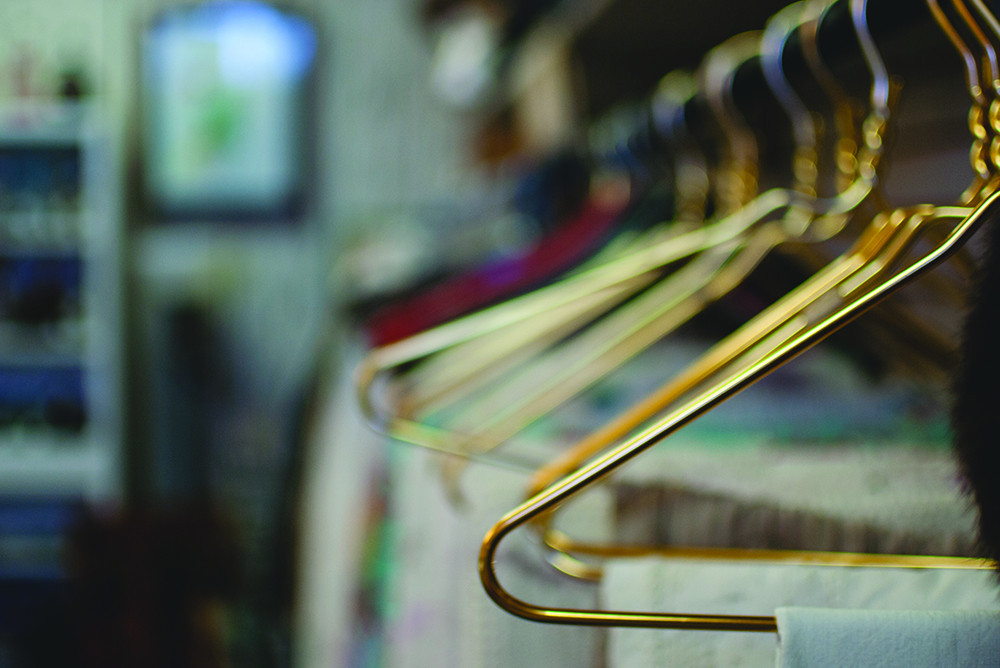
The magic of how dry cleaning works
Most people have used dry cleaners services at some point in their lives. The process might almost seem like magic: clothes are dropped into the dry cleaner’s shop, a ticket is issued and several days later, or even hours if express service is provided, the clothes are ready for collection, clean, bone dry, pressed and on a hanger covered with polythene to protect them during the journey home. But what really goes on after clothes are left to be cleaned?
How dry cleaning works ?
It does not depend upon the usual age-old technique of washing garments in water and some kind of additive. Whilst there is no water used in the dry cleaning process there is the cleaning fluid used. It is the absence of water that results in the perhaps misleading but famous term suggesting the cleaning process is dry.
History of dry cleaning
Throughout history water has been used to clean body, food, objects and clothing. The origins of cleaning without water lay in ancient Roman times. Ruins of shops using dry methods of cleaning were found in Pompeii which was destroyed in 79AD. Those cleaners used fuller’s earth, a type of clay and ammonia and lye from urine to clean clothes. The urine used was usually from animals but there were urine collection pots placed in public baths. Frenchman Jean Baptiste Jolly is usually given as the founder of modern methods. Jolly is said to have discovered the first method in 1825 when a maid spilt turpentine over a tablecloth. As the turpentine dried it seemed to have removed the stains on the tablecloth. Jolly performed an experiment in which he submerged a soiled tablecloth in a bath of turpentine. When removed and dried the tablecloth was free of stains. It was this method that Jolly used in his shop “Teinturerier Jolly Belin” which is often cited as the first ever dry cleaning business.
Prior to Jolly’s discoveries an American African named Thomas Jennings had patented a process named “Dry Scouring”. The process used a cleansing solution the precise nature of which is lost following a fire that destroyed his patent documents. Jennings became wealthy as a result of his work. Following this, other dry cleaners services experimented with different cleaning solutions using, amongst others, benzene, gasoline, kerosene, turpentine and even petrol. The processes developed used highly flammable fluids making the business extremely hazardous. As a consequence the premises on which the actual cleaning took place were usually removed from cities and towns where shops taking the clothes in from customers were safely based.
Process of dry cleaning
The process is fairly simple: items of clothing that have identified areas of staining are often treated by hand using chemical solutions; these vary amongst dry cleaners services. After this the garments are placed in a machine that uses chemical cleaning solutions which make the contents of stains soluble. This machine works in a similar way to a domestic washing machine. The clothes are agitated as the cleaning solution is added. This solution is most commonly Perchloroethylene (PCE, or tetrachloroethylene) The chemicals work at low temperatures on stains that would only otherwise respond at very high temperature and damage the fabric. Small amounts of detergent (usually no more than 1.5% of the total solution) are added to stop the loosened dirt re-staining material. The cleaning cycle usually takes around 8-15 minutes. Clothes are then rinsed in pure recycled solvent solution to stop discolouration and soil re-attaching. Cleaning solvent solution is then extracted and cleansed for re-cycling. Clothes are then dried in either the same cleaning machine or a dedicated dryer.
For more information, do not hesitate to check our services or to contact us directly ! We will be more than happy to help you !
















